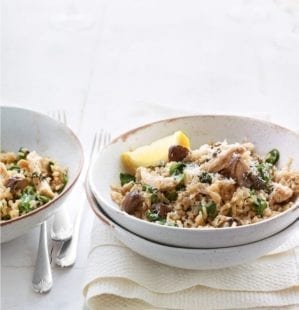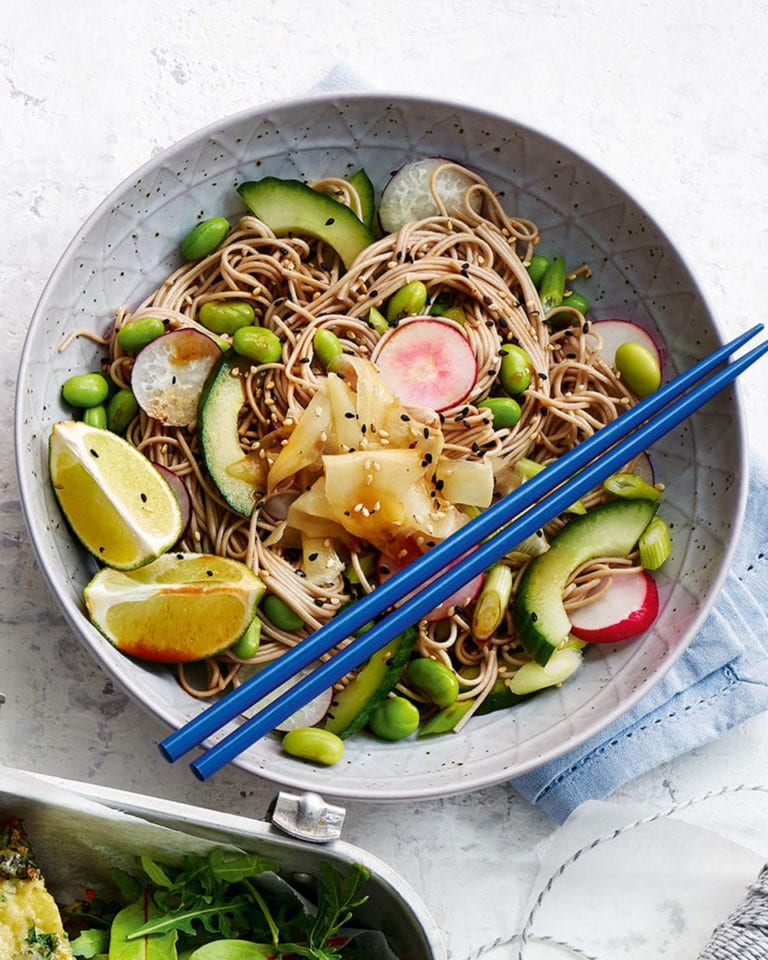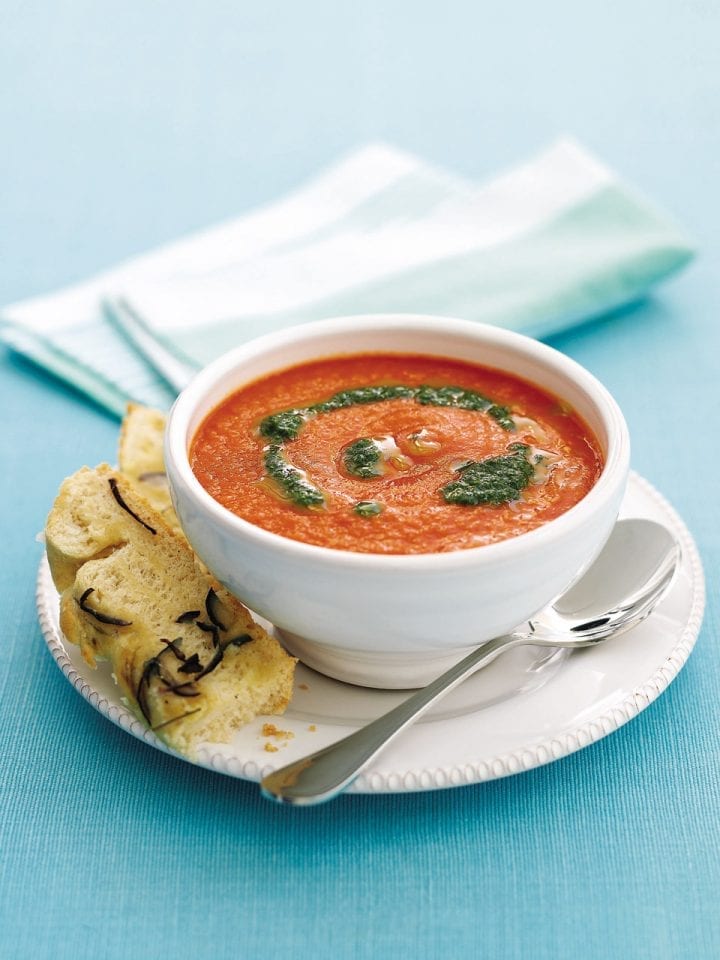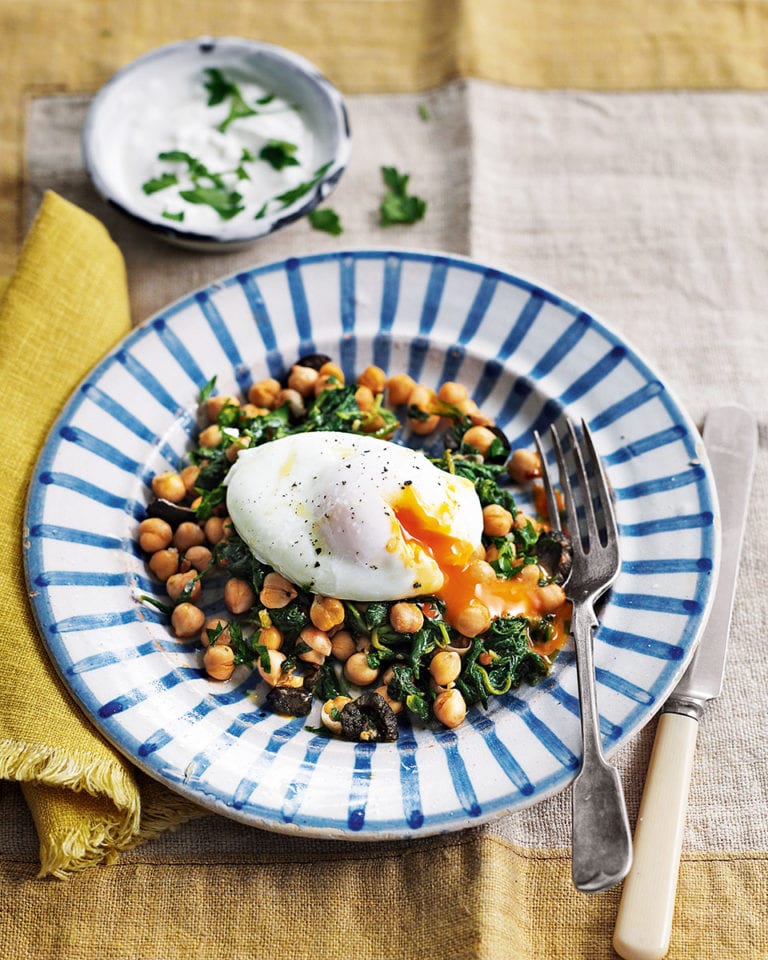Best-before and use-by dates: A sensible guide to food labelling
Now more than ever it’s important that we don’t waste food, but many don’t understand the food labelling system and this is fuelling the amount we chuck out at home. The rules are changing, though, and Clare Finney wraps up the latest advice on best-before and use-by dates
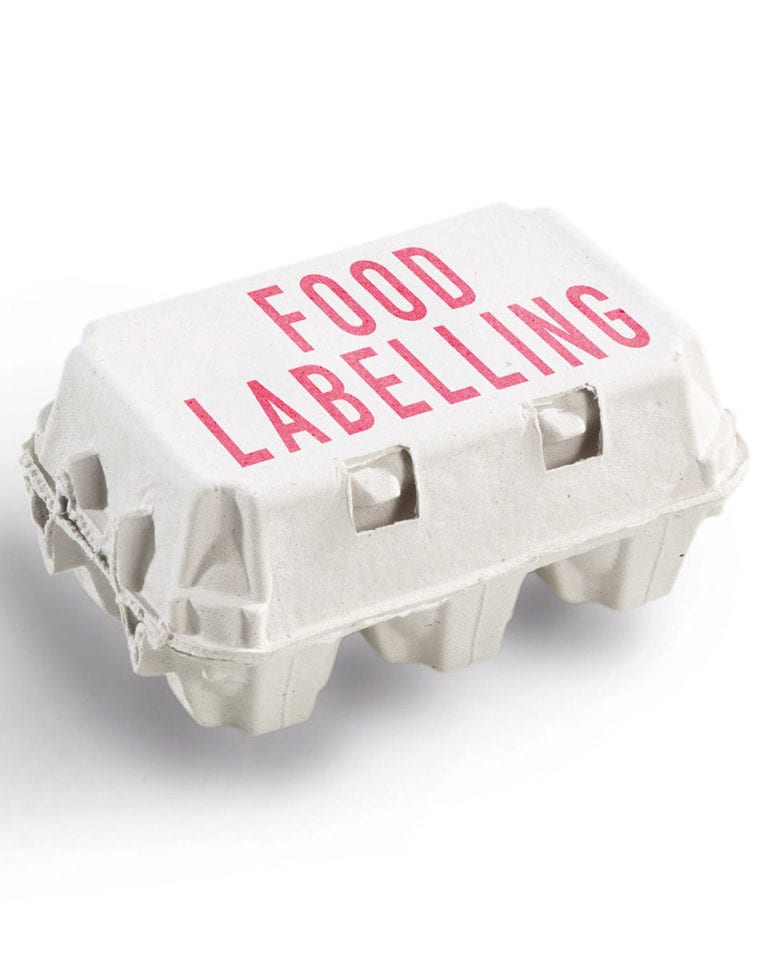
It feels a long time ago now but when Theresa May was PM, she revealed to ministers during a Cabinet discussion on food waste that she scrapes the mould off the top of old jam and finds the rest “perfectly edible”. I can’t conceive of doing otherwise: I grew up with a father who would cut the mould out of fruit and took a sniff-it-and-see approach to milk and butter. Today, the edibility of eggs long after their ‘best before’ date are the hill I choose to die on, while my boyfriend attempts to pry them from my hands (see tips below for saving food waste).
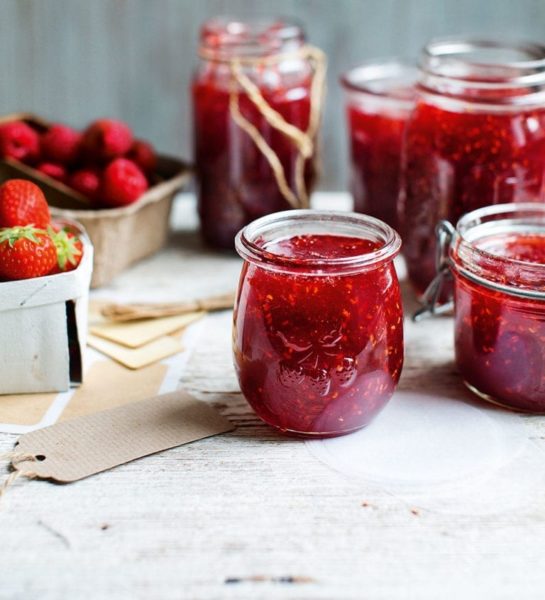
The jury may have decided on our former prime minister – but it’s still out on jam mould. When May’s spreadable story broke last year, the Food Standards Agency (FSA) advised that food obviously containing mould should not be eaten. A professor of bacteriology on BBC Radio 4’s Today programme countered, saying that he too would scrape off surface mould “depending on the quality of the jam”.
It’s a classic example of the confusion surrounding use-by and best-before labels. The theory is simple: ‘use by’ (and ‘consume within’) dates are about food safety, while ‘best before’ is an indicator of quality only. Yet the 2017 food waste report from the National Federation of Women’s Institutes (NFWI) found that just 45 per cent of respondents understood what these terms meant.
The NFWI’s survey followed findings by the government’s waste advisory body, WRAP, which reported that UK households waste 5 million tonnes of edible food annually. These findings prompted Tesco to remove ‘best before’ dates on 70 of its fresh fruit and vegetable products, so that now it’s up to the customer to decide whether their carrots are salad-worthy or destined for fridge-foraged soup.
“We recently updated our guidance on fresh uncut fruit and vegetables to include the recommendation that best-before dates on fresh produce should be removed, except for short-life products and where there is a limited time for consumption in the home – even when stored at optimum conditions – to encourage consumers to use their judgment and to reduce food waste,” says Helen White, a WRAP special advisor. “ There’s been a bit of a sea change around people using their senses – and common sense. People seem more connected with their food.”
It’s a shift that recipe writers and retailers have worked hard to instigate. Waitrose advises its customers to “ignore best-before and sell-by dates” and focus solely on ensuring food is cooked or frozen before the use-by date. Jamie Oliver goes further on his website, breaking down his advice into food groups together with useful use-up recipes. “You can’t eat mouldy soft cheese, but it’s OK to cut the mould off hard cheese,” it states – advice that WRAP echoes. “With items like hard cheeses there are now more best-before dates rather than use-by dates because they’re not perishable foods that are unsafe to eat outside a certain time frame,” White explains.
It sounds sensible, but this advice is still contingent on people understanding the difference. Why dispense with dates on oranges, then slap a best-before date on comté, when both have natural warning signs in the form of hard skin and green fur?
White assures me that WRAP is working hard to enlighten consumers on the difference, as well as spread the word on safe food storage. “Storing most fresh fruit, vegetables and salads in the fridge (except bananas, onions, pineapple and potatoes) at between 0°C and 5°C is the most simple, accessible and effective method of keeping food fresher for longer.”
Meanwhile, you and I need only remember the following guide: use-by dates are literally not to be sniffed at (“we can’t see or smell the bugs that can cause food poisoning,” the FSA explains) but best-before dates allow you to use your initiative alongside sensory cues such as a sour smell or mouldy appearance. Eggs are at the eater’s discretion: “Our advice is that you can eat them after the best-before date as long as you cook them thoroughly,” says White: a discovery that bodes well for my domestic felicity.
Remember: key points
- ‘Use by’ and ‘consume within’ – about food safety
- ‘Best before’ – indicator of quality
- You can’t see or smell the bugs that cause food poisoning
Tips for cutting food waste at home
Of course, one way to help cut down on food waste is to not buy more than you need. With shops struggling to fill the shelves, it’s tempting to grab as much as we can, but that just makes the problem worse for others and can lead to throwing food away as we fail to use it wisely.
USE YOUR FREEZER
- You might be amazed by what you can freeze – and how late in the day you can do so. WRAP’s survey found 20 per cent of us don’t think we can freeze eggs, 17 per cent don’t realise we can freeze milk and 16 per cent don’t know cheese and even fruit can be frozen.
- With the exception of milk, which should be frozen immediately, you can freeze all of the above – and meat and fish – right up until the use-by date. Eggs need to be lightly whisked. Separated yolks and whites left over from recipes can also be frozen – in freezerproof containers, labelled with the date and number of eggs/whites/yolks – and used within 3 months.
- You can freeze potatoes, too: boil for 10 minutes, put the lid on the pan, shake to rough up the edges, then cool. Freeze on a tray, put into labelled containers, then keep in the freezer for up to 3 months. Defrost the night before roasting – or roast in hot fat straight from the freezer, adding 10-15 minutes to the cooking time. Mashed potato also freezes like a dream.
- Bread is one of the most wasted items. Don’t throw it. Firstly you can feeze fresh bread and it can be used for toast if sliced, or simply reheated to defrost. (Tip: wrap, then freeze sliced bread in four-slice portions to avoid having to defrost more than you need. Or once stale, whizz it into breadcrumbs and freeze it. You can use it to thicken soups, top cheesy pasta dishes or fry with lemon zest, garlic and herbs and sprinkle onto stews.
CHECK YOUR FRIDGE
- Look inside before you go shopping, so you don’t duplicate – and make a list.
- Check the fridge temperature with a thermometer. It should read 0°C to 5°C. Most fridges are too warm, which hastens spoilage.
- Wrap herbs in a clean damp kitchen paper and they will stay fresh for longer. Or chop and mix with a little olive oil, then freeze in an ice cube tray. Turn out and keep in a plastic bag in the freezer.
CHECK YOUR EGGS ARE OK TO EAT
- If you’re unsure about an egg’s freshness, put it in a bowl of cold water. A fresh egg will lie at the bottom; a stale one will float (discard). If it rises slightly, at an angle, it’s past peak freshness and needs thorough cooking. Don’t eat eggs that smell off.
For more recipe leftover ideas, click here.
Subscribe to our magazine
Food stories, skills and tested recipes, straight to your door... Enjoy 5 issues for just £5 with our special introductory offer.
Subscribe
Unleash your inner chef
Looking for inspiration? Receive the latest recipes with our newsletter
